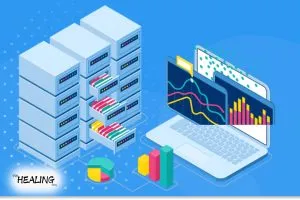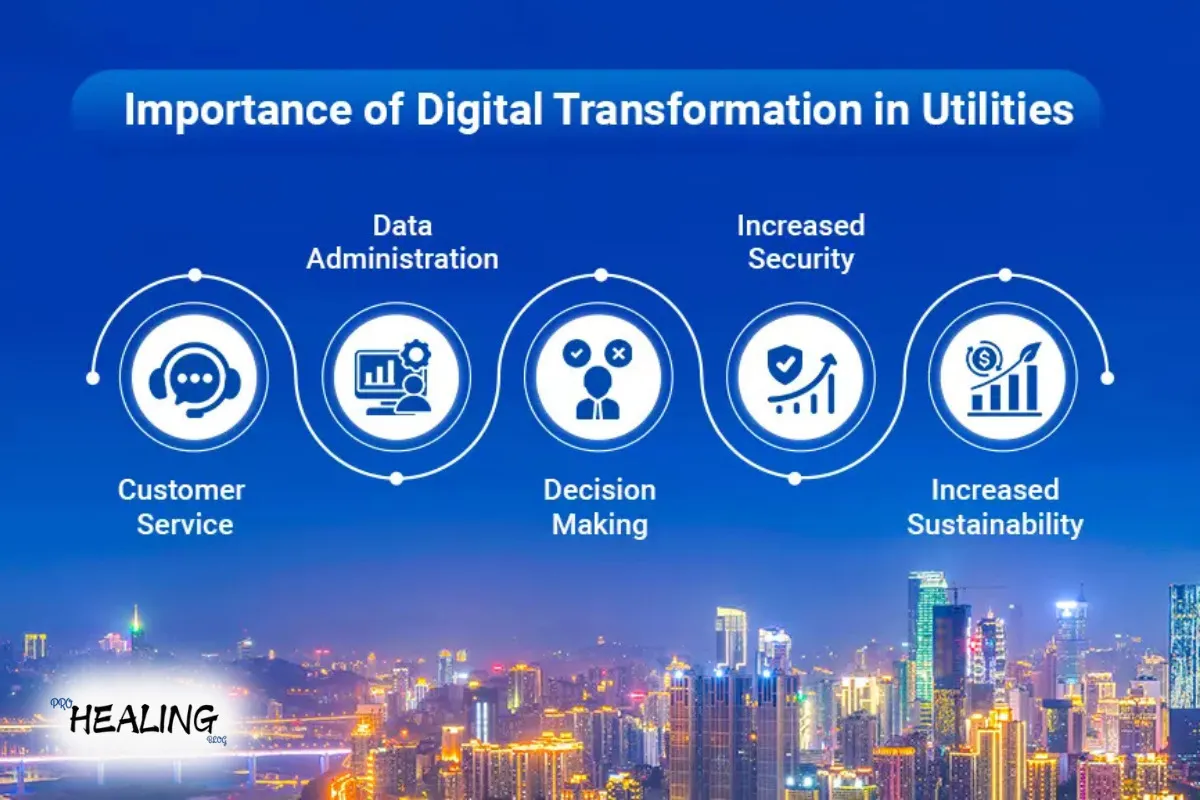Automated data processing is no longer a buzzword—it’s a game-changer for competition. With businesses handling tons of data on a daily basis, it guarantees timely business decisions, increased productivity, and reduced cost of operations. The term “automated data processing” is the starting point to digitalization across industries such as finance, healthcare, logistics, and retail.
Automated Data Processing
Automated data processing is the use of computer systems to acquire, process, and analyze vast pools of data automatically. Modern technology eliminates tedious manual analysis and data entry, offering greater efficiency with fewer expensive errors. Enterprises today heavily depend on automation to produce fast, precise, and uninterrupted real-time insights from vast pools of data.
Why Businesses Need Automated Data Processing Today
Information has emerged as the currency of today’s days, but only processing through humans can unleash its true power. Organizations require mechanisms that collect, sort, and interpret information in minutes, not days. Human handling is time-consuming and error-intolerant and cannot address dynamic fast-rate operations of the contemporary competitive age.
Key Features of Automated Data Processing Systems
Modern systems provide a range of important features that contribute to business success. They include real-time analytics, reportable dashboards, AI-based decision-making, error detection, and seamless integrations. All these enable data to move freely between departments with greater visibility and control at all times.
How Automated Data Processing Works Behind the Scenes
First, the systems gather information from a chain of sources such as databases, cloud platforms, or IoT sensors. Secondly, they authenticate and sanitize the input. Thirdly, smart algorithms scan and cache the results for use on the spot. The seamless pipeline minimizes bottlenecks while enabling spot reporting and business intelligence.
Advantages in Business Operations
Companies that implement automated data processing take advantage of greater accuracy, improved turnaround, and expandable data processes. The systems also minimize reliance on human energy, enabling groups to concentrate on planning at strategic levels. Companies ultimately make faster, better-decisions leading to maximum profitability.
- Real-Time Decision-Making Made Possible by Automated Data Processing
- Shared Tools and Software Used for Automated Data Processing
- Industries that Use Automated Data Processing the Most

The Role of Artificial Intelligence in Automated Data Processing
AI greatly improves computerized processing as it allows systems to improve, adapt, and learn over time. Algorithms of machine learning identify patterns, make predictions, and recommend actions automatically. With AI, systems don’t merely react; they look ahead and act accordingly.
Cost Savings Benefits of Automated Data Processing
Automation eliminates the necessity for large data entry staff, which translates to thousands of dollars in payroll per annum for companies. It also reduces errors that may result in financial losses or penalties. These are recoveries that accrue as volumes accumulate and processing is becoming increasingly frequent.
Increasing Efficiency in Operations through Automated Systems
- Tasks that used to take hours are now being executed in seconds through automation.
- Such velocity means quicker delivery of service, enhanced customer satisfaction, and efficient use of resources.
- Businesses can accomplish more with less and expand without additional overhead.
How It Increases Customer Satisfaction
With real-time automated monitoring of customers’ activity, companies are in a position to engage customers with more tailored offers, enhance support, and even guess clients’ needs. Automation offers more comprehensive customer preference and pinpoint insights, allowing companies to provide more relevant and satisfactory experiences.
Security and Compliance with Automated Data Processing
- Automated systems deliver regulatory compliance like GDPR or HIPAA by controlling and monitoring the flow of data automatically.
- Automated systems identify suspicious behavior and keep logs in very fine detail for audit purposes.
- It minimizes exposure to legal problems and creates trust with the customers.
Problems Encountered While Implementing Automated Data Processing
Going for automation is not without problems. A few of the common obstacles vary from data integration to software compatibility, resistance to change, and poor human skills. However, with the right planning and training, it is possible to overcome such problems and create good long-term returns.
Advantages for Emerging Businesses in Scalability
As companies expand, their amount of data increases. Similarly hand processes just aren’t able to keep pace. Automated processes expand easily as companies expand and enable businesses to manage rising volumes of data without reduced performance or additional personnel.
Integration of Automated Systems with Current IT Infrastructure
- Modern tools are built to integrate with ERP systems, CRM software, cloud services, and other platforms.
- This ensures continuity and consistency without workflow disruption.
- Likewise Integration reduces training costs and shortens implementation windows.
Environmental Impacts of Automated Data Processing
Automated processing allows businesses to dramatically lower paper and energy consumption. Automated solutions also consume fewer resources to process, making them an eco-friendly option for green businesses.
How to Become an Energy Healer: A Step-by-Step Guide
Cloud-driven data automation
Cloud-based environments enable on-demand scalability, reduced capital expenses, and increased data availability. Remote automated data management enables remote teams and worldwide operations at previously unheard-of speeds and agility.
Training Teams to Implement Automation Effectively
Training helps groups comprehend the applications, procedures, and compliance methods involved. It minimizes errors and optimizes the automation investment ROI. Organizations must accept training as an important component of their automation process.
Measuring Automated Data Processing’s ROI
Measure improvements in efficiency, error rate, employee productivity, and decision-making speed. Companies experience an easily quantifiable return on investment after roll-out months.
Conclusion
In short, cloud integrated data is not just a trend—it’s a business game-changer today. It allows organizations to save money, gain speed, make more informed decisions, and achieve insights never before achievable. With technology innovations still raising the bar, automation will increasingly become an even more important factor in realizing success in the years to come.
FAQs
What is automated data processing?
It is the use of computer programs to gather, clean, and process data without intervention.
How does Cloud-integrated data automation save costs?
It saves manpower, minimizes errors, accelerates processes, and enhances decision-making—cutting operating costs by a large percentage.
Is Automated data handling in the cloud safe?
Yes, most systems include inherent encryption, access controls, and audit logs for regulatory reporting and security purposes.
Where are automated data processing most beneficial?
Finance, healthcare, retail, logistics, and manufacturing utilize automation technology the most.






